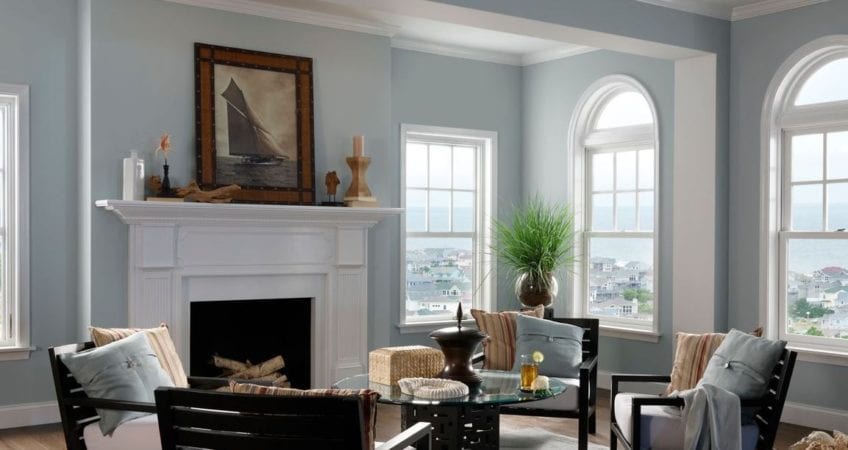Windows are supposed to protect your home, but eventually, they will start to wear out and break down. This is why inspecting your windows for damage should be part of a regular routine, especially if you have windows that are older than 15 or 20 years. That way you can keep a close eye on damage and know when it is time to invest in replacement windows in Portland, OR. Not sure how to examine your windows or what exactly to look for? Here are some steps to follow:
Inspect Windows Inside and Out
Start with a general once-over. Examine your windows from the inside and outside of the home. Are there any obvious signs of damage, rust, warping, or peeling? Are there any cracks in the glass or tears in the window screens? It is good if there doesn’t appear to be any major damage. But that doesn’t mean you are done. Now it is time to take a closer look.
Check Tracks and Hinges
Go to each window and check the tracks and hinges to make sure they are clear of dirt and debris. Then test the window, opening and closing it a couple of times to ensure a smooth operation. If it is a little sticky you can try using a silicone lubricant. If you really have to work to muscle the window open it is probably time for replacement windows.
Test Out Latches and Locks
The next thing you want to do is make sure the latches and locks on your windows are in good working order. This helps protects and secures your home. But you also want to be sure you can get your windows open in case of an emergency.
Examine Caulk and Weather Stripping
Windows will expand and contract with temperature fluctuations. Unfortunately, the glass and the window frame materials have different thermal expansion rates. This can cause gaps to form at the seams. Caulk and weather-stripping can help, but eventually, these will wear out and result in leaks.
Inspect and Clear Weep Holes
Weep holes allow moisture to drain away from the windows so you do not get ice damage. But when they get clogged the moisture gets trapped and can start o leak into the wood of the sill, causing water damage.
Watch for Signs of Water Damage
Speaking of water damage, you should also check your windows for signs of discoloration, bubbling or peeling paint, warping, or rot. These are all signs of water damage and could indicate your window has a serious leak you need to address sooner rather than later.
Look for Condensation between the Panes
Moisture can also get through the seals on your insulated glazing unit (IGU) and cause condensation between the glass. It might look like a smudge or water droplets you can’t wipe away from either side. This means the inert gas has leaked out and been replaced with normal air. It is a problem because the window will not have the same energy performance.
If you notice any of the above problems it is time to consider replacement windows in Portland, OR. Contact EnergyGuard Windows & Doors to schedule an appointment.

